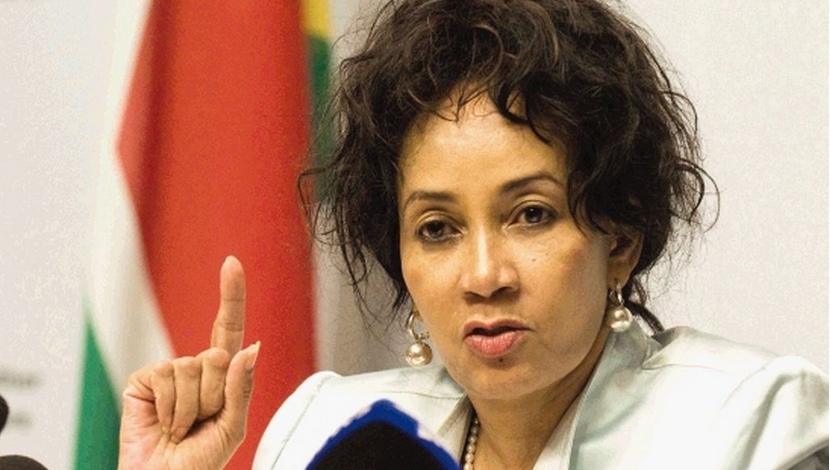

The UK’s Department for International Development (DFID) has spent £285.5-million of British taxpayers’ money on building an airport in St Helena that is not usable by commercial airlines.
This is the main finding of a report published by the UK House of Commons Committee of Public Accounts on Wednesday.
South African construction firm Basil Read was in 2011 awarded the contract to design, build and operate the airport on St Helena.
The project included the construction of a 1,850-m concrete runway, a 3,500-m2 airport terminal and other associated infrastructure.
The St Helena Airport was due to open in May this year. However, test flights in April revealed dangerous ‘wind shear’ conditions on the airport approach. While the airport has since handled a small number of flights, wind conditions have precluded operation of the planned commercial service.
A British overseas territory 2,300 km north-west of Walvis Bay, with a population of 4 100, St Helena was previously only accessible by ship in a journey taking four to five days from South Africa. The new airport was built to boost tourism to the island and to make the island less dependent on aid.
The Committee of Public Accounts notes in its report, which follows an investigation into the airport project, that “it is staggering that the DFID did not foresee and address the impact of difficult wind conditions on landing commercial aircraft safely.
The feasibility study for the St Helena airport project was completed by consultancy firm Atkins. According to the Committee of Public Accounts report, Atkins expressed doubt about the local weather conditions, including the amount of turbulence that could be expected on approaches.
The company recommended that a charter aircraft should test the approaches to the intended runway before the runway design was finalised.
The Committee of Public Accounts report states that the DFID did not commission an independent adviser or seek support from other government departments with the necessary technical expertise to corroborate or challenge the Atkins report.
The report notes that the Committee of Public Accounts is “extremely sceptical” about the DFID’s projected tourism figures and the island’s ability to support such growth in the tourist industry.
The DFID forecast that the number of tourists a year would rise from just less than 1,000 to just over 29,000 by 2042.
The St Helena government is relying on investors to build the necessary infrastructure to support tourism growth. However, the investment climate on the island is not perceived as competitive internationally or regionally, due to factors within the St Helena government’s control, such as high corporation tax and import duties.





